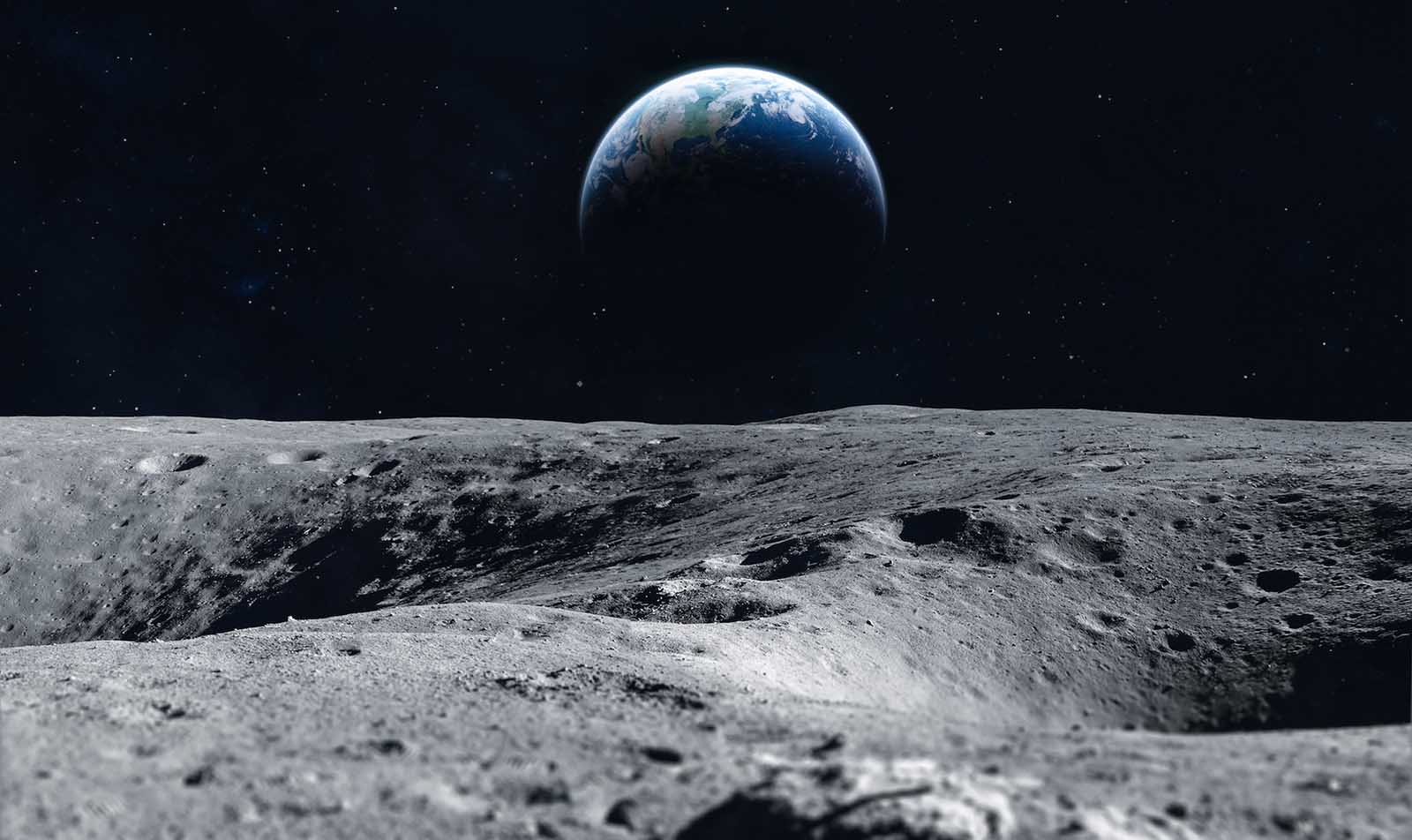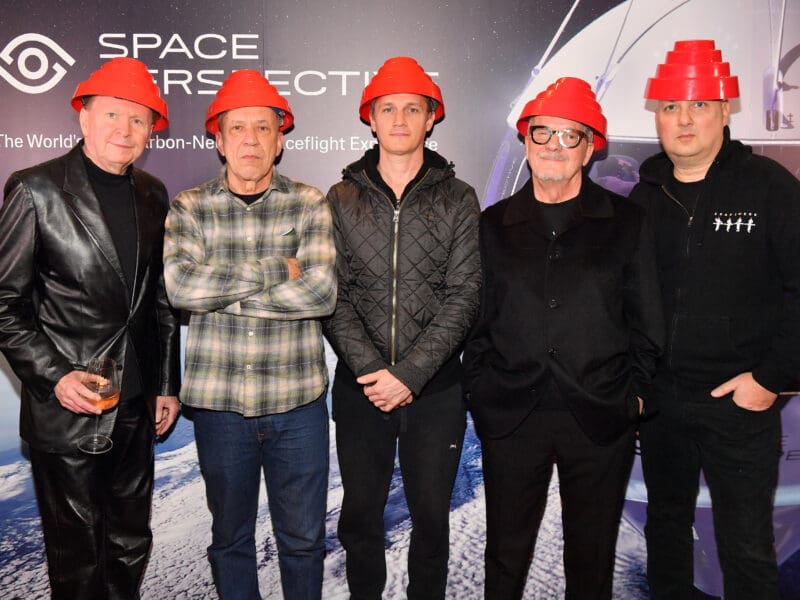
How in the heck has red rust developed on Earth’s moon?
With all the talk of aliens and UFOs recently, it seems like proper timing that a new discovery from our closest cosmic neighbor has been revealed. The Moon was the first frontier of outer space that humanity was able to breach in person, and even 31 years later so much remains to be learned.
Man hasn’t been to the Moon in decades, but that doesn’t mean scientists haven’t kept on learning. When Shuai Li of the University of Hawaii noticed unexpected imaging on the Moon’s polar spectra, researchers were mind-boggled to find the cause.
Is the red discovery of rust on the Moon another leap for mankind? Read on to learn all about the shocking new discovery.

Red rust dust on the Moon? So what?
While rust might not seem like the most interesting thing in the world, it’s certainly a surprising and exciting thing to have found on the Moon. To find out that Earth’s Moon is red with rust means that humanity has discovered all new things about its composition.
It was originally posited that rust on the Moon is impossible. Why, you may ask. Well, there are three conditions that are essential to the formation of rust: oxygen, water, and oxidative conditions (meaning a situation in which a substance can lose electrons).
The Moon was not thought to have these essential conditions.

How water helped bring red to the Moon
The Moon is not exactly known for its abundance of water. Originally it was thought that no water existed on the Moon at all. While it’s true that no liquid water exists on the Moon, scientists discovered that there is indeed ice on the Moon and even water vapor which quickly dissipates into outer space. There’s one rust condition satisfied.
The place where the most water resides on the Moon is on its poles. The southern pole is especially hospitable to water because it has numerous permanently shadowed craters where the ice can form. Ever since the discovery of this water scientists have speculated that the Moon may be more rich with minerals than first thought.

The especially unlikely requirement for rust: oxygen
We breathe in oxygen all the time on Earth, but it’s an especially scarce substance on the Moon. The reason for this is because of the Moon’s very thin atmosphere. Solar winds are constantly blasting away at the Moon’s surface because it doesn’t have a magnetic field like Earth does.
These solar winds bring with them loads of charged oxygen, creating electron-gaining conditions, which is the complete opposite of what’s necessary for the formation of rust. Since the discovery of the Moon having rust, scientists have been forced to consider special ways that oxygen and oxidizing conditions might have made it to the Moon.

The prevailing theory at the moment is that Earth is responsible. Earth’s magnetic field streams along behind it as it orbits. Scientists think that oxygen from Earth’s upper atmosphere rides this tail of a magnetic field called a “magnetotail” all the way to the Moon.
If that’s the case, then voila, the last conditions for rust. This is an exciting discovery because it takes man one step closer to colonization on the moon. If the cool name of magnetotail didn’t give you a thrill then that at least should!

Stellar movies about outer space
All this talk of outer space make you feel like watching a space movie? You might give the movie High Life a try. It’s a sci-fi space adventure starring Robert Pattinson about a father and daughter being the last survivors of a dangerous space mission.
Another movie you might look into is Lucy in the Sky. It’s a sci-fi drama about an astronaut who returns to Earth and starts losing touch with reality because of how much smaller the world seems.
If neither of those do it for you, check out Europa Report. You’ll like it if you’re in the mood for a thriller. Six astronauts go on a mission to research newly discovered single-cell life on one of Jupiter’s moons. We’ll give you a hint. It’s not friendly.







